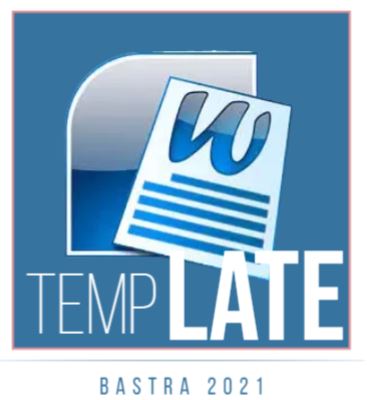KARAKTERISTIK HUMOR PADA BUKU HUMOR GELITIK KETEK PENGUASA KARYA C. SURYA KELANA: KAJIAN WACANA
Keywords:
humour discourse, characteristic of humour, function of humour, language styleAbstract
The background of the study is based on the humour in the society, in traditional way as well as in modern way. Humour is common to everybody because humour exists in human life. The function of humour is as a means of information and entertainment. As a means of information, humour can deliver the intended message. As a means of entertainment, humour expresses fun effect carrying laught and smile. Therefore, a book of humour collection is a right means to be entertainment. This study focused on humour in the book collection entitled “Humor Gelitik Ketek Penguasa” written by C. Surya Kelana. The methodology of this study was descriptive qualitative study. The data of the study were the characteristics of humour discourse, the function of humour discourse, and the language style of humour discourse in “ Humor Gelitik Ketek Penguasa” written by C. Surya Kelana. The data is analyzed using descriptive qualitative approach.
Downloads
Published
How to Cite
Issue
Section
License
Authors who publish with PENTAS agree to the following terms:
Authors retain copyright and grant the Engagement right of first publication with the work simultaneously licensed under a Creative Commons Attribution License (CC BY-SA 4.0) that allows others to share (copy and redistribute the material in any medium or format) and adapt (remix, transform, and build upon the material) the work for any purpose, even commercially with an acknowledgement of the work's authorship and initial publication in BASTRA.
Authors are able to enter into separate, additional contractual arrangements for the non-exclusive distribution of the journal's published version of the work (e.g., post it to an institutional repository or publish it in a book), with an acknowledgement of its initial publication in BASTRA.
Authors are permitted and encouraged to post their work online (e.g., in institutional repositories or on their website) prior to and during the submission process, as it can lead to productive exchanges, as well as earlier and greater citation of published work (See The Effect of Open Access).

This work is licensed under a Creative Commons Attribution-ShareAlike 4.0 International License.








